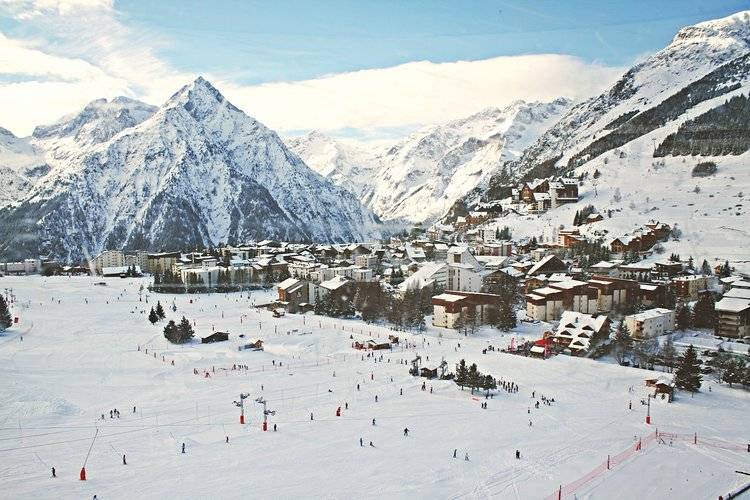Winter is a tricky season for photographers. Spring and summer offer longer days and bright pops of color everywhere you look. Fall has bright colors, too, with dramatic landscapes that can make for some amazing shots.
Winter’s shorter days and difficult weather can make for a challenging outdoor photo session. But they can also make for some fun, festive and unique photos. Here are some tips to improve your winter photos.
Contents
1.Mind Your Exposure
If you plan on taking photos on a bright, sunny day or if you’re trying to capture the whiteness of the snow, be mindful of your exposure. Try adjusting your exposure compensation by +0.3 or even +0.7.
New DSLRs are smart, but they still aren’t smart enough to know that you’re photographing snow. Adjusting your exposure compensation will tell the camera that you’re shooting something bright.
2.Choose the Right Settings for Falling Snow
One of the great things about photographing in the winter is being able to capture shots of falling snow. But this type of shot is also one of the trickiest to pull off.
To get the best possible shot, you’ll need a telephoto lens, a shallow aperture and the fastest shutter speed possible. Use at least a 200mm lens and aim for an aperture of f/4.5-6.3 if possible. The shutter speed should be at least 1/400.
3.Photograph at Sunrise and Sunset
Sunrise and sunset are typically the best times to take photos as a general rule of thumb, the skies tend to be even more dramatic in the winter, which can create stunning photos when fixed against a snowy landscape.
But do plan your day properly. Remember that the sun rises later in the day and sets earlier during this time of year.
4.Don’t Forget Your Polarizer Filter
A polarizer is one of the most valuable filters you can have in your kit, particularly if you plan on shooting on bright days. It darkens blue skies, defines clouds, eliminates clouds and enhances colors.

5.Try Manual Focus
When photographing snowy landscapes, you may find that your camera has trouble focusing. It hunts and flutters as it searchers for contrast in the scene. While not uncommon, it can be frustrating to wait for auto focus and may cause you to miss a shot.
In cases like this, you may consider using manual focus mode. When switching to manual focus, hold down the shutter button halfway until you obtain focus. Focus points in your viewfinder should illuminate to let you know that you can take the shot.
6.Use a Telephoto Lens When Shooting Wildlife
Winter can be a harsh time of year for wildlife. Animals must do all they can to preserve as much energy as they can to survive the long, cold season. As a photographer, you can capture the beauty of wildlife in the winter without putting in danger by simply using a telephoto lens and keeping your distance.
For the best shot, focus on the animal’s eye. And remember, there’s no need to take up-close portraits of animals when shooting in the winter. The dramatic wintry landscape will add interest enough.
7.Dress for the Occasion
When planning for a winter photo session, much of the focus is on what gear to bring and which settings to use. But if you’re not comfortable, you’ll find it difficult to stay focused. The cold may even affect your ability to take a good photo if you fail to dress properly.
As a general rule of thumb, you want to wear multiple lightweight layers if you can to stay warm without weighing yourself down. You may also consider wearing photographer-friendly gloves that don’t compromise on dexterity. Remember, you have to be able to work with your camera and adjust its settings, ideally without having to remove your gloves.

About Author
Rachel Noël is a professional photographer and videographer from the UK with over 10+ years of experience. Rachel specializes in Underwater, Tavel & Portrait photography among other areas.
